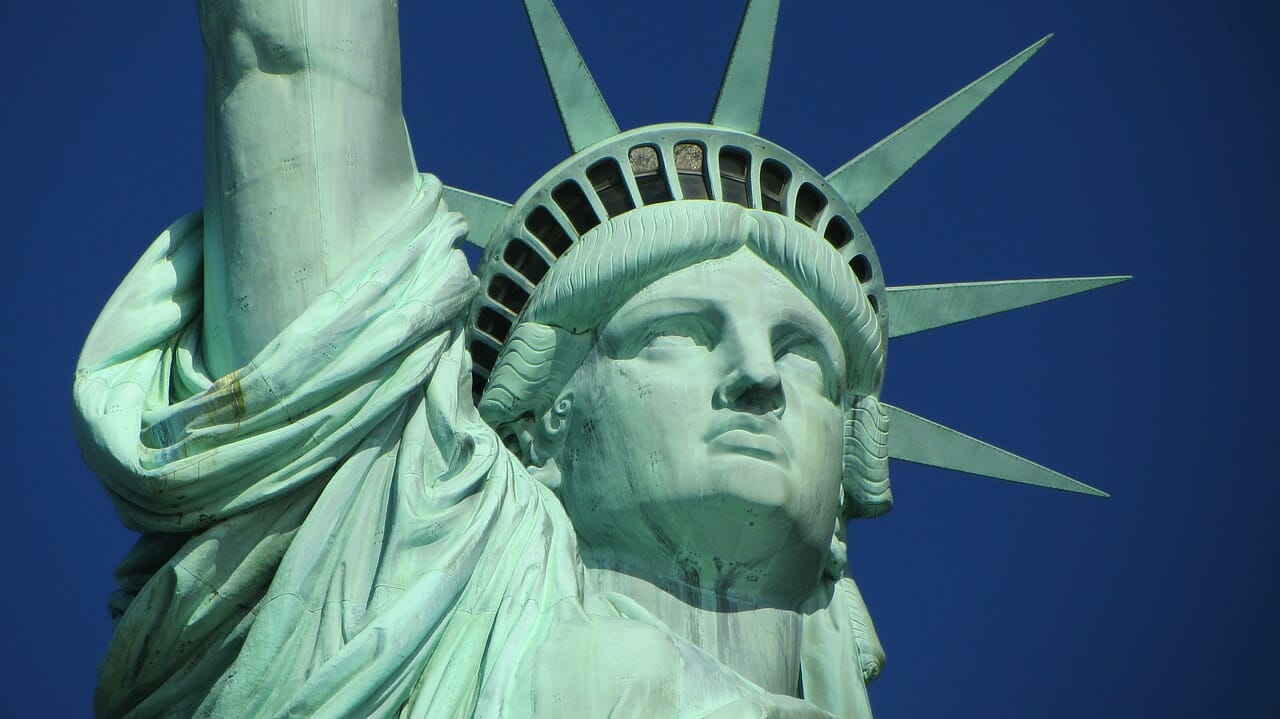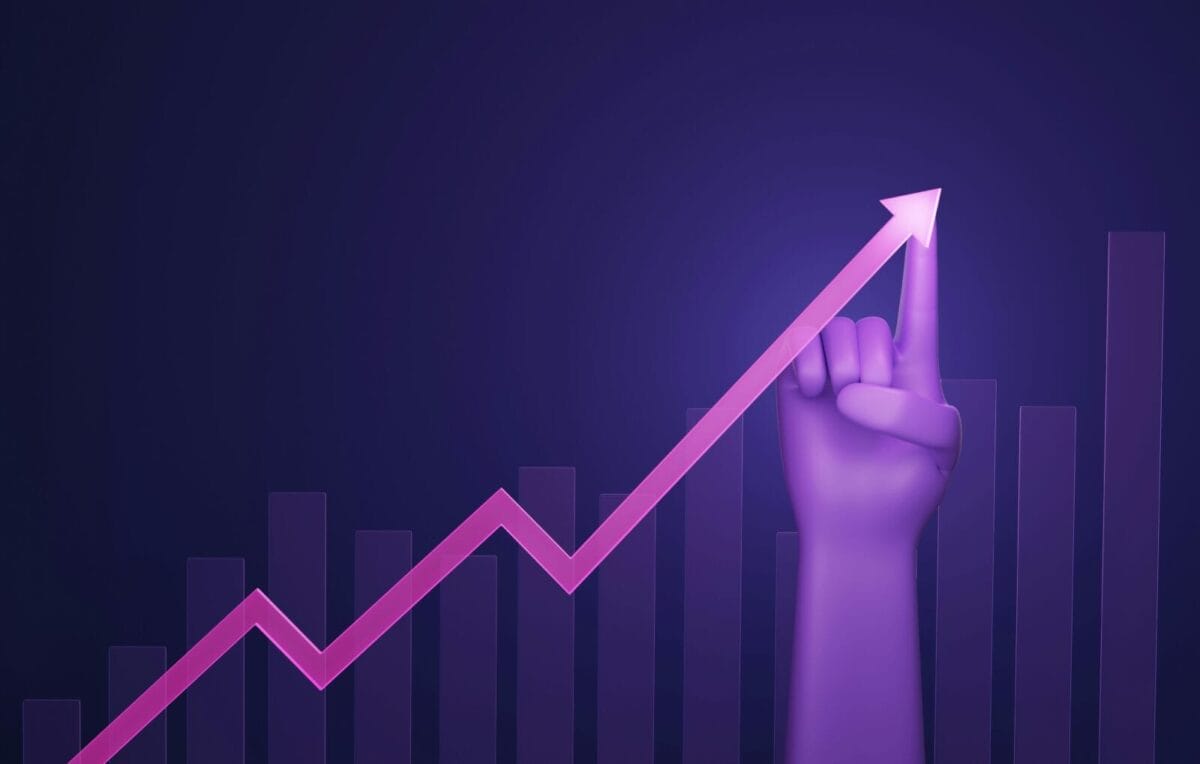Written by Bill Blain, Market Strategist, Shard Capital
Last week’s US CPI numbers look good at a glance, but the reality is the Western economies may face ongoing sticky inflation and long-term stagflation while reversing the economic damage of a decade plus of monetary experimentation. That requires new investment approaches.
Conventional economics and markets say everyone should be focused on inflation… it really should be the only thing that matters, but there is so much else to distract us; like Ukraine, energy, banks, politics, growth vs recession, and who-knows what else.
Inflationary expectations determine how Central Banks tinker with monetary policy to set rates thus impacting currencies, determining how companies refinance and invest, how consumers spend, the tone for growth, and the price of all the supply chain inputs in terms of commodities, energy, oil, goods and services. Conventionally, if Central banks get inflation down by raising rates, then all will be fine and dandy again.
The US CPI inflation report gives a perspective on what’s maybe happening across the world. It’s only 13 months since the Fed kicked off its’ series of interest rate hikes from a Fed Funds base of 0.25% to 4.75% now. The World’s leading Central Bank had told us inflation was transitory before it started hiking – they know they got that description wrong. Inflation has proved stubbornly sticky.
What we have seen since March 2022 is the steepest rise in US interest rates on record to address inflation. Despite such robust action, the US inflation numbers were fascinating in their hidden dangers, and there is a clear message if you are prepared to dig. Glance at the numbers and 5% inflation looks a great improvement from 9.1% just 9 months ago. There is clear improvement in the apparent trend.
Yet, the market chose to read the numbers as inconclusive. That’s what markets do – they listen to the numbers to hear what they want to hear. Prices set by the voting machine that is the market figured out the stronger than expected core inflation (+0.4% MoM) was balanced by a slight fall in overall rate. Read through the guff, and it’s a market still in wait and see mode – hoping inflation will continue to trend lower, thus rates will stabilise or pivot lower in due course. Equites wobbled a bit, and bond yields rose a bit in the expectation of “just-one-more-little-hike” – pretty much confirmed by the Fed minutes of their last “FOMC” meeting. Today I’m reading market calls for one more Fed Hike and then a pivot to lower rates to support economic recovery and avoid even a shallow downturn.
The reality is US rates at 5% and inflation at 5% is still a negative real yield in the bond market. Nothing is really fixed – yet.
Lines on a chart don’t tell you what comes next in terms of how US inflation develops. What the data shows is the devil is in the detail of the inflation numbers, but in broad terms prices in the US economy tell us the following:
· Food, new car prices, clothing, medical items, services, mortgage and rents, and transport are still high.
· Energy costs fell.
· There were a few outliers including used car prices falling.
Take these together and they might explain why inflation is likely to remain sticky for longer – forcing further action as the consequences of inflation upon the economy – particularly on wages – kick in and multiply over time. (Time is a critical variable here – the longer people are poor, the longer it takes to fix.) Think about the following:
· Energy prices are variables: very much set by the market in terms of basic supply and demand and correcting after last year’s energy shocks
· Prices for consumer goods are more “fixed” and have immediate consequences on consumption when they rise. They are clearly still under pressure, set by complex supply chains (multiple inputs) which are still feeding into prices. As consumers find the dollar in their pocket buys less, they demand rising wages, thus increasing the supply chain costs of making anything to sell to them. Their ability to demand higher wages is still strong as the employment data continues to show a shortage of labour across the economy.
· The fact second-hand cars are falling in price may reflect new cars being available, or the fact struggling consumers can’t keep up payments and are selling their assets.
Generally, inflation is improving – but not in as positive a fashion as some market commentator’s hope. Many look at the current economic picture and compare it to previous inflationary busts – arguing central banks have done/haven’t done enough. They point to money supply numbers, to debt, to whatever… But the reality is this inflationary shock, bust, whatever it is… is very different to what has gone before.
Previous inflationary busts have come on the back of overheating economies, where price pressures have broken out due to the pace of the economy, rising wages, production costs and supply blocks. This is a very different bust. From 2009 (the beginning on the Age of Monetary Experimentation and QE), the global economy did everything but overheat. Growth, particularly in Europe, was flatline.
The 2010s will be remembered for proof that pumping cheap money into the system did not trigger unconstrained growth or dangerous supply/demand bottlenecks pushing up prices, but still economic growth while creating massive inflationary pressures in the financial asset sector (which is purely illusionary) – set by the speculation. It was a massive bubble during which the occidental economy largely flatlined with slow growth, limited investment, declining productivity, and slower income growth. A few financial speculators and smart techies got wealthy, but generally everyone else saw their incomes fall in real terms.
Growth in the West was lethargic. When the Pandemic struck the economic damage was largely constrained by swift government bailouts, but with the effect of channelling much of that money creation into the speculative financial asset bubble – which is why we saw the US S&P 500 index rally 105% between the Covid crash in March 2020 and Dec 2021! How much did the economy grow? Not as much…
With interest rates at zero, with global trade still stymied by supply chain shocks, the inflationary pressures on the real world looked limited. For a decade Central Banks were
more concerned about deflation as they struggled to keep inflation up to 2%. There was little economic moment – right up till we go a shock, the Energy Security Shock triggered by the Ukraine War. That’s when everything changed.
The circumstances that created this inflationary/stagflationary bust are very, very different to what has gone before. Central Banks may have acted fast to hike rates, but they were not pushing against an overheated economy – today we’re pushing against limited economic momentum with the fastest rate hikes in history. Is it just me that thinks something must give? And there may be consequences?
I fear a new form of recession becomes inevitable – stagflation as consumers stop consuming because they are broke, corporates struggle because refinancing costs have risen and consumers have stopped consuming, and governments embark on austerity, it becomes circular, and more like the 1920s than the 1980s.

















